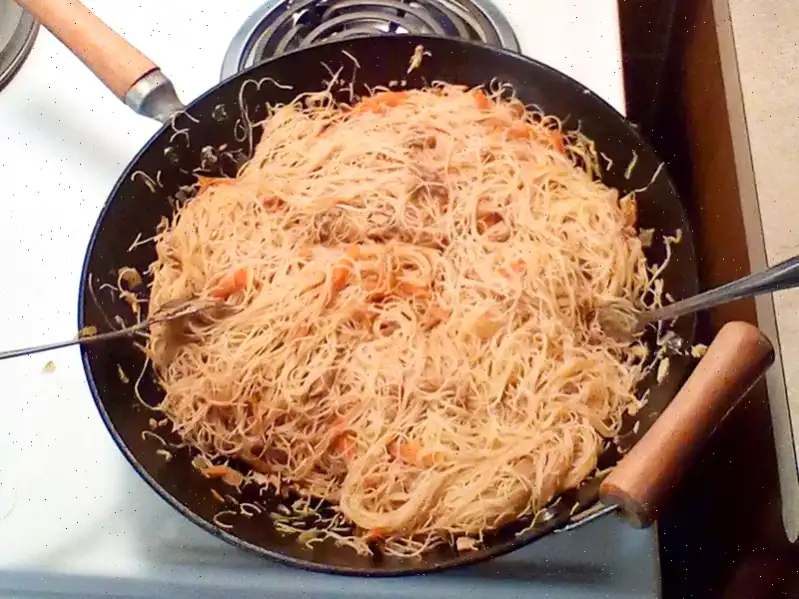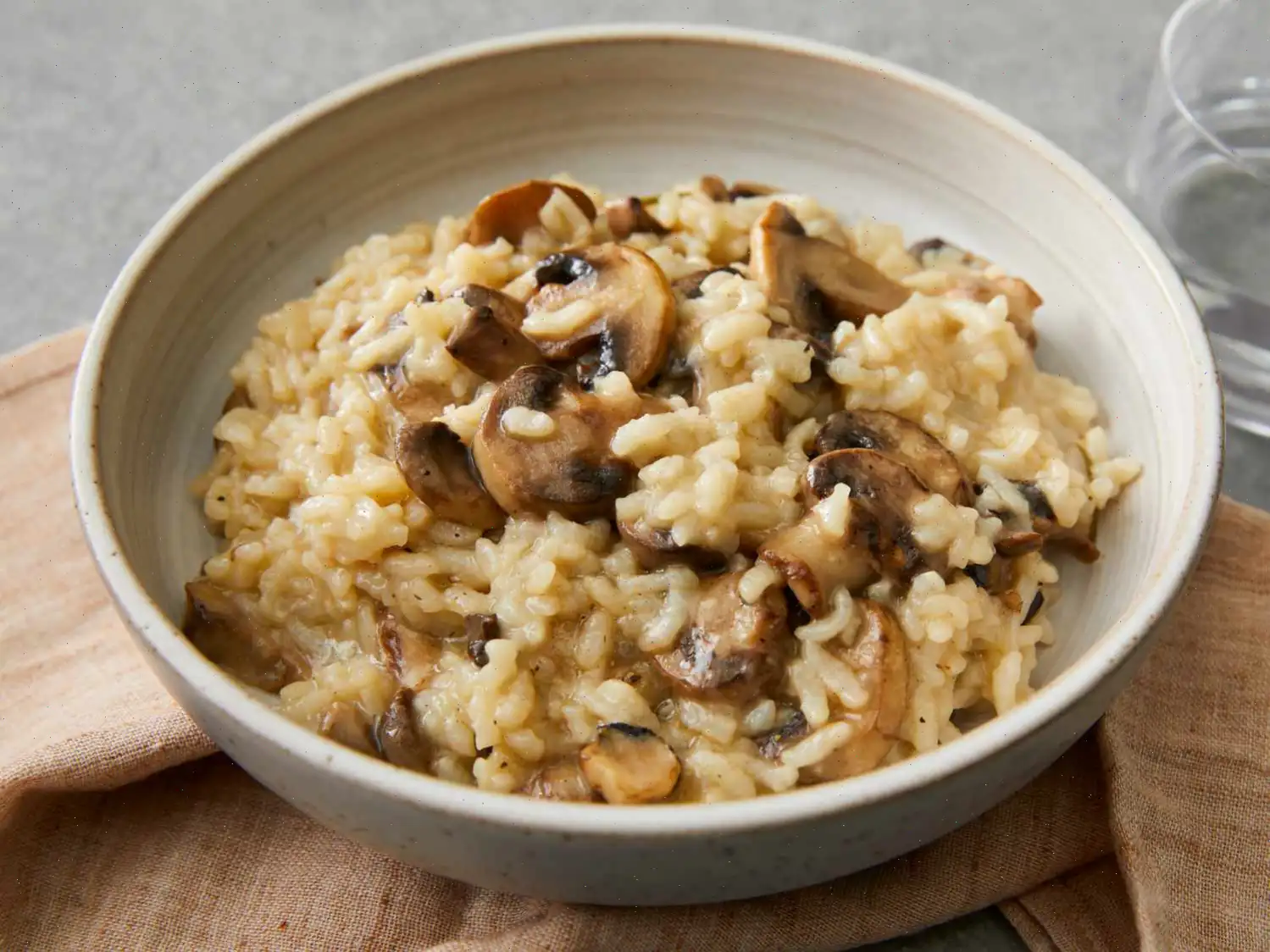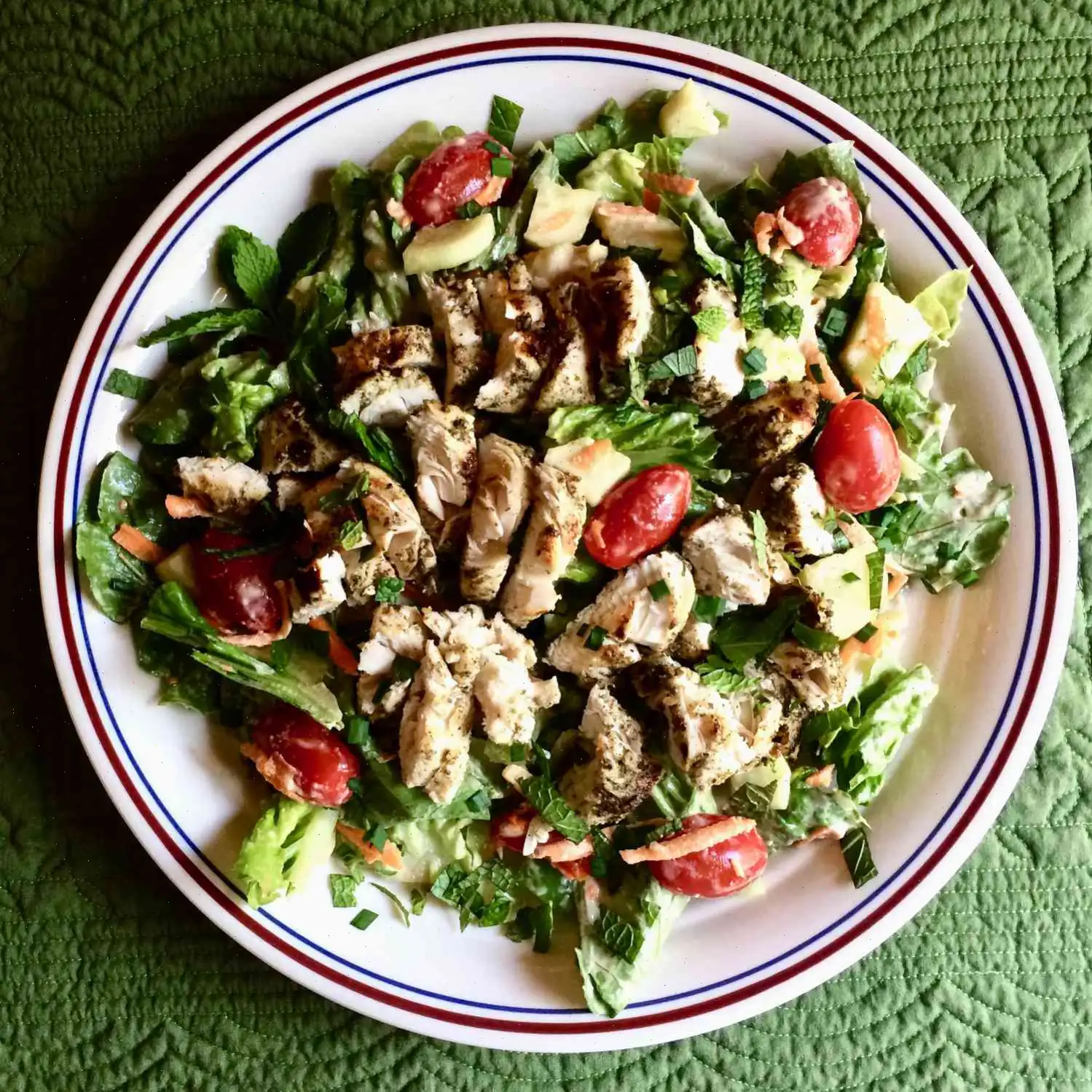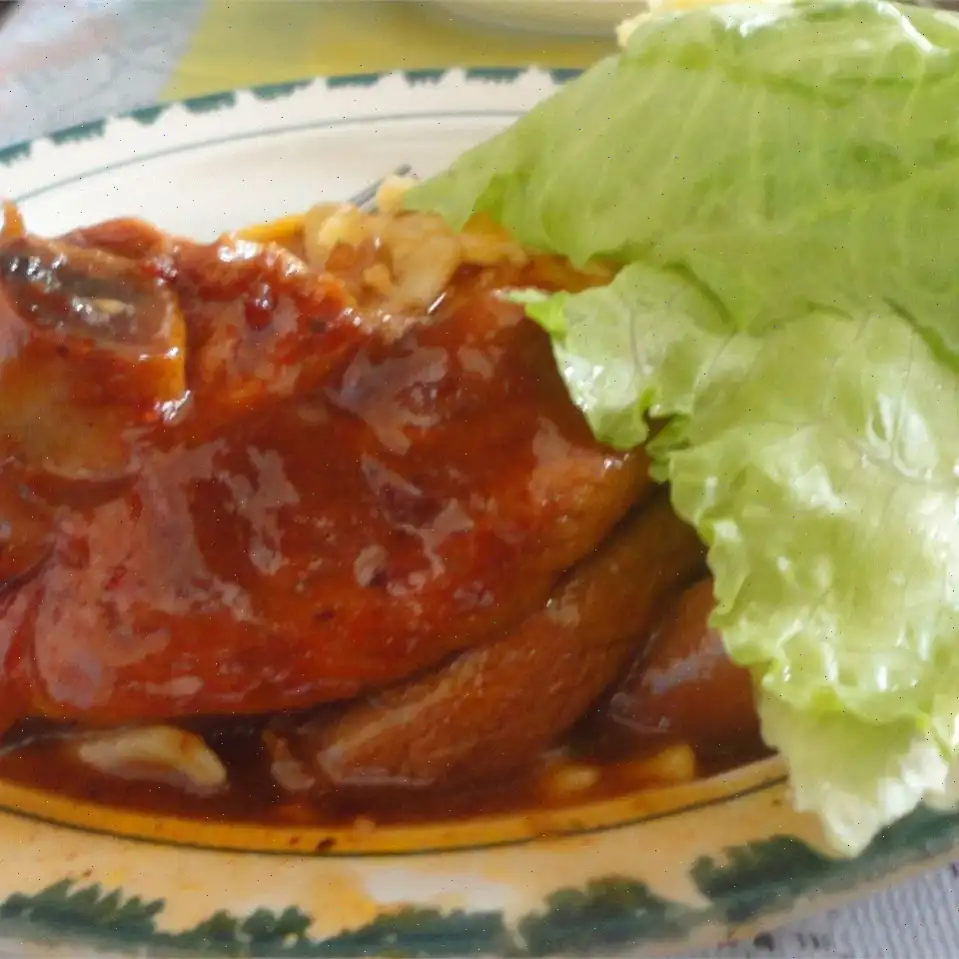
Authentic Filipino Pancit Recipe
This easy and flavorful stir-fry combines tender chicken, fresh vegetables, and soft rice noodles, all seasoned with a savory soy-based sauce. Perfect for a quick weeknight dinner!
Ingredients
- 4 boneless chicken thighs
- 1 (8 ounce) package dried rice noodles
- 2 tablespoons soy-based liquid seasoning (such as Maggi), or to taste
- 3 tablespoons olive oil, divided
- 1 tablespoon sesame oil
- 3 cloves garlic, chopped
- 1 medium onion, chopped
- large head cabbage, thinly sliced
- 2 carrots, julienned
- 1 teaspoon garlic salt
Directions
Follow these simple steps to create a delicious chicken stir-fry with noodles:
- Boil the Chicken: Bring a pot of water to a boil over high heat. Add chicken thighs and cook for about 30 minutes, until they are no longer pink in the center and the juices run clear. Strain the broth into a bowl to reserve, and shred the chicken using two forks.
- Prepare the Noodles: Place the rice noodles in a large bowl. Pour the hot chicken broth over the noodles, adding hot water if needed to ensure the noodles are fully covered. Let the noodles soak for 5-7 minutes, or until softened. Then, blanch the noodles with cold water and drain well. Place them into a bowl and add soy seasoning, 1 tablespoon of olive oil, and sesame oil. Mix well and set aside.
- Cook the Vegetables and Chicken: Heat the remaining olive oil in a large skillet or wok over medium-high heat. Add the chopped garlic and saut for about 1 minute, or until it begins to brown. Add the chopped onion and cook for 2 minutes. Then, stir in the shredded chicken, cabbage, and carrots. Stir-fry the mixture for 3-4 minutes, until the vegetables are tender. Season with garlic salt.
- Combine and Serve: Add the cooked chicken and vegetable mixture to the bowl with the noodles. Toss everything together to combine, adjusting the soy seasoning to taste. Serve hot and enjoy!
Nutrition Facts (per serving)
| Calories | 390 |
| Total Fat | 17g (22% DV) |
| Saturated Fat | 4g (18% DV) |
| Cholesterol | 47mg (16% DV) |
| Sodium | 482mg (21% DV) |
| Total Carbohydrate | 42g (15% DV) |
| Dietary Fiber | 4g (15% DV) |
| Total Sugars | 5g |
| Protein | 17g (33% DV) |
| Vitamin C | 41mg (46% DV) |
| Calcium | 70mg (5% DV) |
| Iron | 2mg (9% DV) |
| Potassium | 417mg (9% DV) |
* Percent Daily Values are based on a 2,000 calorie diet. Your daily values may be higher or lower depending on your calorie needs.
History and Origins
Pancit, a staple in Filipino cuisine, has a rich history that traces its roots back to Chinese influence in the Philippines. The word "pancit" itself comes from the Hokkien word "pian i sit," which means "a dish made from flour." The dish was introduced to the Philippines by Chinese immigrants who brought their culinary traditions with them. Over time, it was embraced and adapted to local ingredients and tastes, resulting in the wide variety of pancit dishes found in the Philippines today. Pancit is often associated with celebrations and special occasions, symbolizing long life and prosperity. It is commonly served during birthdays, anniversaries, and festive gatherings.
Regional Variations
While pancit is beloved throughout the Philippines, different regions have their unique twists on the dish. For example, in Luzon, Pancit Malabon is a popular variant known for its rich, seafood-flavored sauce. In contrast, Pancit Canton, a stir-fried noodle dish, is commonly found in urban centers and is often made with a mix of meat, vegetables, and soy sauce. The Visayan region is known for Pancit Molo, a soup-based dumpling dish. Each variation reflects local ingredients and regional preferences, but all share the common characteristic of noodles symbolizing longevity.
Differences from Similar Dishes
Though pancit shares similarities with other noodle dishes, it stands apart with its distinct combination of flavors and ingredients. Unlike Chinese lo mein or chow mein, which focus primarily on stir-fried noodles with a lighter seasoning, pancit often includes a flavorful broth or soy-based seasoning and a variety of vegetables. The noodles used in pancit can varyfrom thin rice noodles to thick egg noodlesmaking the dish versatile. Pancit is also different from other noodle dishes like Japanese ramen or Thai pad Thai because of its rich use of both meat and vegetables, giving it a more hearty and filling nature. Furthermore, pancit is deeply integrated into Filipino culture and is often considered a symbol of celebration and well-wishing for health and longevity.
Where Pancit is Typically Served
Pancit is traditionally served during festive occasions, family gatherings, and holidays in the Philippines. It is a popular dish for birthdays, where it is believed to bring good luck and long life to the celebrant. It is also a dish shared among friends and family during Christmas and New Year's Eve celebrations. In Filipino restaurants, youll often find pancit on the menu as a go-to comfort food, available in various regional styles. Whether at home or at a party, pancit is enjoyed by people of all ages, making it a beloved dish in Filipino cuisine. Outside of the Philippines, pancit can be found in Filipino restaurants around the world, providing a taste of home to overseas Filipinos and introducing non-Filipinos to the richness of Filipino food culture.
Fun Facts About Pancit
- Pancit is believed to have originated in the early 17th century, during the Ming dynasty in China.
- The long noodles used in pancit are symbolic of long life, making the dish a common choice for birthdays and celebrations.
- There are more than 10 different types of pancit across the Philippines, each with its unique flavor and style.
- Filipino pancit is often served with a squeeze of calamansi (Filipino lime) to add a tangy kick to the dish.
- In some regions, pancit is served with a boiled egg on top as a garnish, further enhancing its celebratory nature.
You can listen to this recipe in AI audio format. Simply click the play button below to listen to the content in a format that suits you best. It’s a great way to absorb information on the go!
FAQ about Authentic Filipino Pancit Recipe
Comments
Robin Blount Kerr
10/06/2025 01:52:54 PM
After always relying on my Filipino neighbors for pancit, I decided to try to make my own. This was the first pancit recipe I tried and I loved it. I made it again using a different recipe (I couldn't find this one again), and it wasn't nearly as good. I've found this receipe again and this time I'm saving it! It's delicious!
LittleMsBozzi
03/13/2021 01:33:05 AM
Good basic recipe! I added some ginger, fish sauce and oyster sauce at the end and it was awesome
Tonya J Johnson
05/29/2025 11:33:46 PM
This has become my go to pancit recipe! I add a little oyster sauce and fish sauce and msg and everyone is happy.
Regina
09/07/2025 05:42:24 PM
Love Love Love
Cmj
11/01/2024 04:56:06 PM
I could eat pancit 7 days a week! I love this food and finding this recipe is great!
Jerry Hall
10/11/2024 03:38:38 PM
Bro, flavor town just called — I answered.
Heathins
03/04/2023 06:16:29 PM
This recipe is great! I was originally going to shred the cabbage and carrots, but I followed the recipe. Their size and texture goes well with the noodles and shredded chicken. Saving the chicken broth to soak the noodles makes it more flavorful. Easy meal to make.
Cas
12/12/2022 04:52:43 AM
I've never had pancit before but was interested when I found this recipe, so I tried it; and it's really, really good! I'm definitely going to be making this again! I omitted onions and added more cabbage/carrots to make up for it (plus a little extra bc I like more veg in my dishes); everything else was done exactly as the recipe asks for.
sherecep
06/03/2022 10:07:42 AM
My first time cooking it! I think it turned out great.
Constance Tyndall
08/10/2020 12:01:13 AM
Great for beginner. Added a splash of Datu Puri vinegar and made it even better








